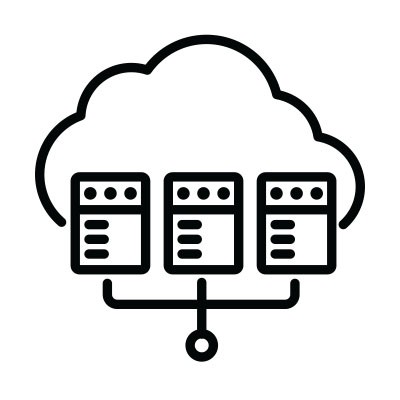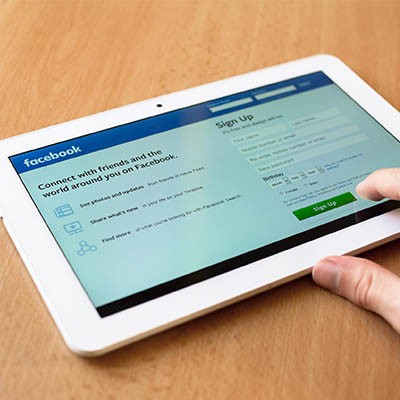Aniar Blog
There is no question that smartphones have assimilated into our daily communications, both on a personal level and in the professional sense. Apps allow us to be social, to accomplish work-related tasks, and yes, kill some time with the latest silly trending game. Of course, as time passes, these devices only grow more advanced. If you’re due for a replacement, you may want to examine some of your options before pulling the trigger.
The Consumer Electronics Show is where people get to see emerging technologies first. Typically thought of as an event where innovations in, well, consumer electronics are put on display, a lot of the technology on display at CES can be big news for businesses as well. Today, we are going to review some trends that CIOs and other business decision makers should be paying attention to.
Businesses today rely on a lot of data, and of course, this data typically isn’t stored all in one place, or even in the same format. Normally, this would make trying to manage this data far more complicated, but modern organizations have a way to simplify their data management: data virtualization.
Today’s business is much more collaborative than it was in the past. This means that there are a lot more communications to manage. Small businesses may use technology to try and bridge the gaps and large businesses use it to manage huge and complicated workflows. Today, we take a look at the average business’ internal communications, and which tools are best for increased productivity.
There are a few reasons that you’d need to restore your Android device. Some reasons are good, like you finally got the phone you were given an IOU for over the holidays, and some are bad, like your old phone had just broken. For this week’s tip, we’ll assume it is the first reason, as we go over how you can easily prepare your phone data for migration.
When you look at cloud services, it can be easy to wonder how it is so beneficial for businesses. After all, the monthly service charges are attractive, but how do they provide the value outside of cost? To understand how the cloud brings rapid and sustainable ROI, it may help to look at an analogy.
There is some fear in the implementation of new technology. Not really knowing what to expect and how it will resonate with your current systems and staff can be nerve-racking for even the most hardened entrepreneur. Today, there are a few technologies that have emerged and are on the cusp of being integrated into more business settings. Today, we take a brief look at these technologies.
Portable Document Format files (better known as PDFs) have become incredibly common as a means to save documents in a constant and consistent format that can be viewed on just about any device. They also allow users to make some simple changes to make it even easier to review the data they contain. Here, we’ll go over a few options for this year’s first tips.
Technology gives business owners opportunities to expand, and essentially has become the center of most business practices. Marketing, customer contact, all sorts of inter and intra communication methods now depend heavily on technology. Let’s take a look at what the past has brought, and what the future could bring us.
Once upon a time, the printer was absolutely crucial for business to be conducted properly, but nowadays, the use of digital solutions has greatly reduced the need of printing things in greater volumes. However, this is not to say that printing is not still an important facet of your business to manage. Here, we’ll examine how print management can help a business do so.
Parker sat at his desk looking at a business card. He watched the snow fall lightly outside his window. He was the last person left in the office, as he typically was this time of year. He put down the business card and got up and walked over to the large pane of glass that was the only insulation from the harsh, cold wintery night. He placed his hand on the window and felt the bitter cold meet the palm of his hand. He stood there for a minute; maybe more than a minute. He began to cry. He was so angry at how things were going.
Facebook’s servers process a massive amount of data each day… which only makes sense, considering their 2.4 billion active users. Unfortunately, the social network has had some issues over the past few years with data privacy. Whether you use Facebook as a social networking tool for your personal life, your business, or both, you need to know how to best take control of your own privacy on the platform.
Wait! If you haven’t read part one of our Facebook privacy blog yet, you may want to do that before reading this one. If you’re ready, we’ll be taking an in-depth look at your Facebook settings to make sure that your account and its data are as secure as possible. If we’re being honest, protecting this kind of data hasn’t seemed to be one of the platform’s strong suits - and user privacy has been the star of many lists of concern.
Two billion users strong, Facebook is one of the Internet’s most popular websites… which has frequently put the tech giant in the spotlight when it comes to how secure the data you’ve entrusted to them (in addition to what they’ve collected) really is. Today, we’ll discuss how you can access the information Facebook has on you.
Imagine for a second what would happen if your business’ data was exposed and stolen. You’d have a really difficult time going forward as your client-base dwindled and you opportunities for growth dried up. The amazing part is that some very successful companies have this type of thing happens all the time. Today, we will look at some of the largest data breaches since September 1.




















